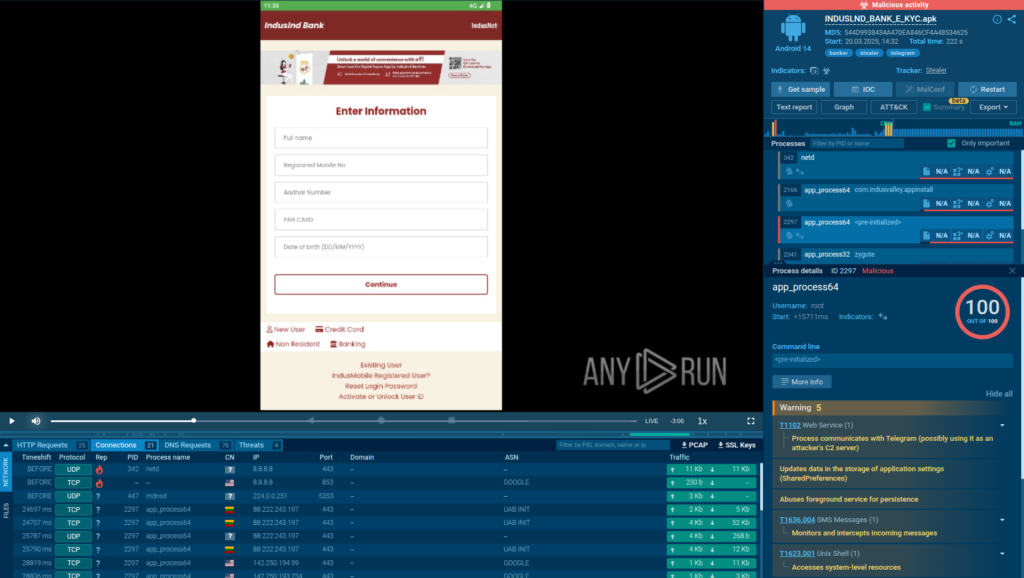![USD 110M Loan Portfolio at Risk Due to Vendor’s Apache Superset Insecure Default Initialization of Resource Vulnerability [CVE-2023-27524] USD 110M Loan Portfolio at Risk Due to Vendor’s Apache Superset Insecure Default Initialization of Resource Vulnerability [CVE-2023-27524]](https://cdn.prod.website-files.com/635e632477408d12d1811a64/67f75a3101fcef1333fb9229_AD_4nXcY9AUlzWxPBZj_My1UbosyPSIvM4C-iexqmadCh0QwHYTewHCWUSqS-rnSb_VxJ9XL3U670ceIWSEUiLlfkXUUjHl1PC4N_N4C48ebexXp7c8a5zeVNHWEm8FYUGIFa067gJjp8A.jpeg)
This article highlights a major security mishap where an unauthenticated Apache Superset dashboard belonging to a vendor of a significant financial institution was left exposed online, resulting in the leakage of sensitive financial data, including over USD 110 million in loans. CloudSEK’s SVigil discovered the vulnerability, preventing a potential multi-crore disaster by enabling swift corrective actions.…
Read More 
















